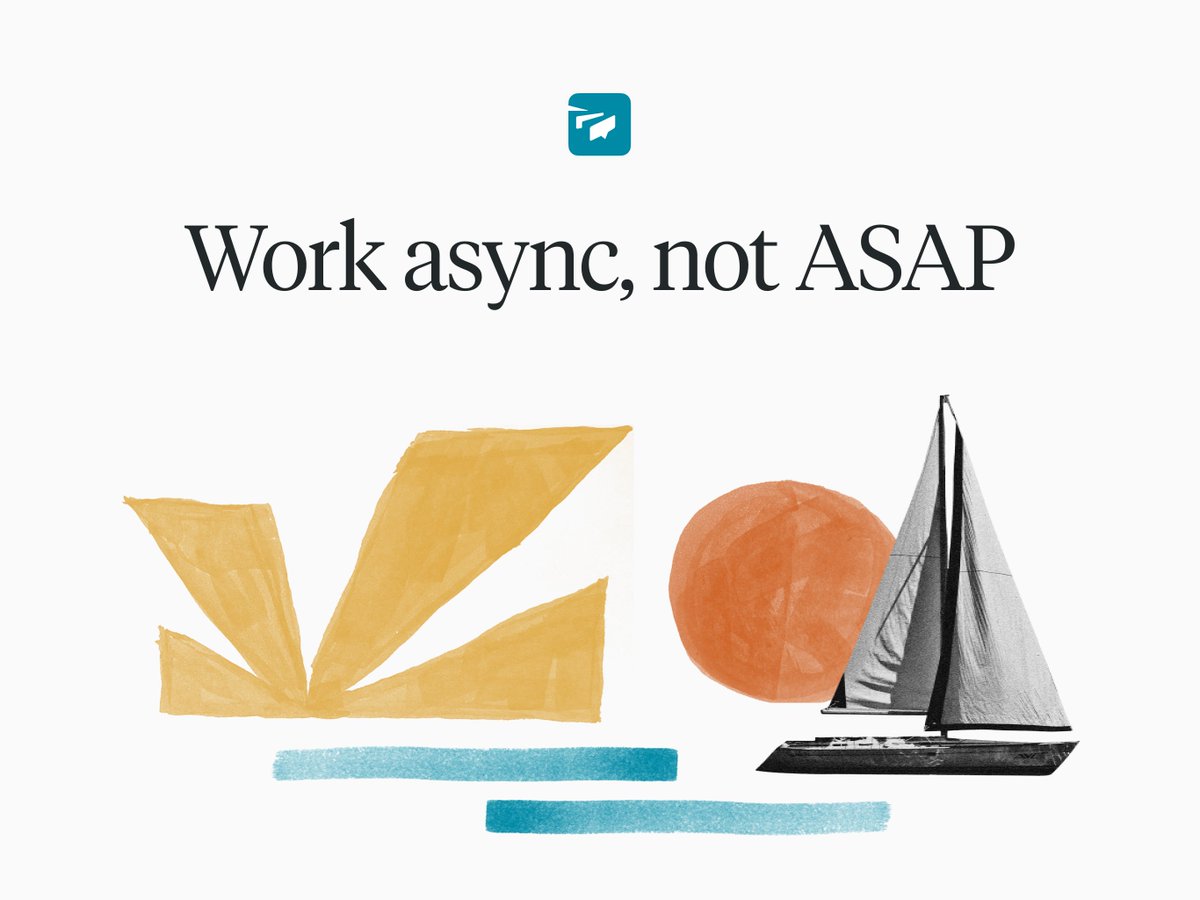
One of the core aspects of making async work is being great at handoff.
Handoff could mean sharing a product spec with an engineer or sharing decisions between the leadership team.
🧵 with core tips on how to become better at it.
Handoff could mean sharing a product spec with an engineer or sharing decisions between the leadership team.
🧵 with core tips on how to become better at it.
Follow the Inverted Pyramid
Start with the most important piece of information in any handoff, so readers can get the main point whether they read the whole document. nngroup.com/articles/inver…
Start with the most important piece of information in any handoff, so readers can get the main point whether they read the whole document. nngroup.com/articles/inver…
When onboarding new people to a project, provide them with full context and clean specs.
There's nothing worse than being onboarded and having to hunt down the context and details across various mediums (e.g., documents, threads, Github PRs, or Figma comments).
There's nothing worse than being onboarded and having to hunt down the context and details across various mediums (e.g., documents, threads, Github PRs, or Figma comments).
Summarize meetings in notes
In meeting notes, start with the main points and then include details on how they were reached. Make sure these notes are accessible and affected people are looped in.
For more meeting tips, follow @stevesi excellent guide
medium.learningbyshipping.com/reaching-peak-…
In meeting notes, start with the main points and then include details on how they were reached. Make sure these notes are accessible and affected people are looped in.
For more meeting tips, follow @stevesi excellent guide
medium.learningbyshipping.com/reaching-peak-…
Share by default
Don't be the person that sends somebody a link to a document they can't access. In an organization, it's best to share by default with the whole organization. Sensitive documents should be the exception and not the rule.
Don't be the person that sends somebody a link to a document they can't access. In an organization, it's best to share by default with the whole organization. Sensitive documents should be the exception and not the rule.
Become a better writer
A core way to improve the handoff is to write and communicate better. Apart from this, “Writing is a tool for thinking.”
You can do this by, for example, following an excellent guide by @Julian: julian.com/guide/write/in…
A core way to improve the handoff is to write and communicate better. Apart from this, “Writing is a tool for thinking.”
You can do this by, for example, following an excellent guide by @Julian: julian.com/guide/write/in…
Reduce the number of chefs in the kitchen
A way to improve handoff is simply to do less of it! You can reduce team sizes and empower individuals via the DRI principle. about.gitlab.com/handbook/peopl…
A way to improve handoff is simply to do less of it! You can reduce team sizes and empower individuals via the DRI principle. about.gitlab.com/handbook/peopl…
What else am I missing? Please share!
• • •
Missing some Tweet in this thread? You can try to
force a refresh




